The Real Story Behind the Swoosh: More Than Just a Logo
I’ve spent the better part of my life in the world of design and branding. From messy product design studios to high-stakes marketing agencies, I’ve seen what makes an idea stick. I still remember getting my hands on a classic pair of basketball kicks from back in the day. It wasn’t just a shoe; it felt like a piece of brilliant engineering. The molded eyelets, the breathable mesh panels, the little window showing the cushioning tech in the heel… every single part had a job to do. That shoe taught me a fundamental lesson: a brand’s real power isn’t just in its logo.
In this article
It’s in the story, the tech, and the culture that grows around it.
It makes total sense why so many people look for a Nike wallpaper for their phone. You see that simple checkmark, the Swoosh, and it instantly connects you to something bigger than just clothes. But to really get why that symbol is so powerful, you have to peel back the layers. So, we’re going to look past the logo and dive into the design principles, the material science, and the cultural moments that built this giant. This is how a simple idea becomes an icon.
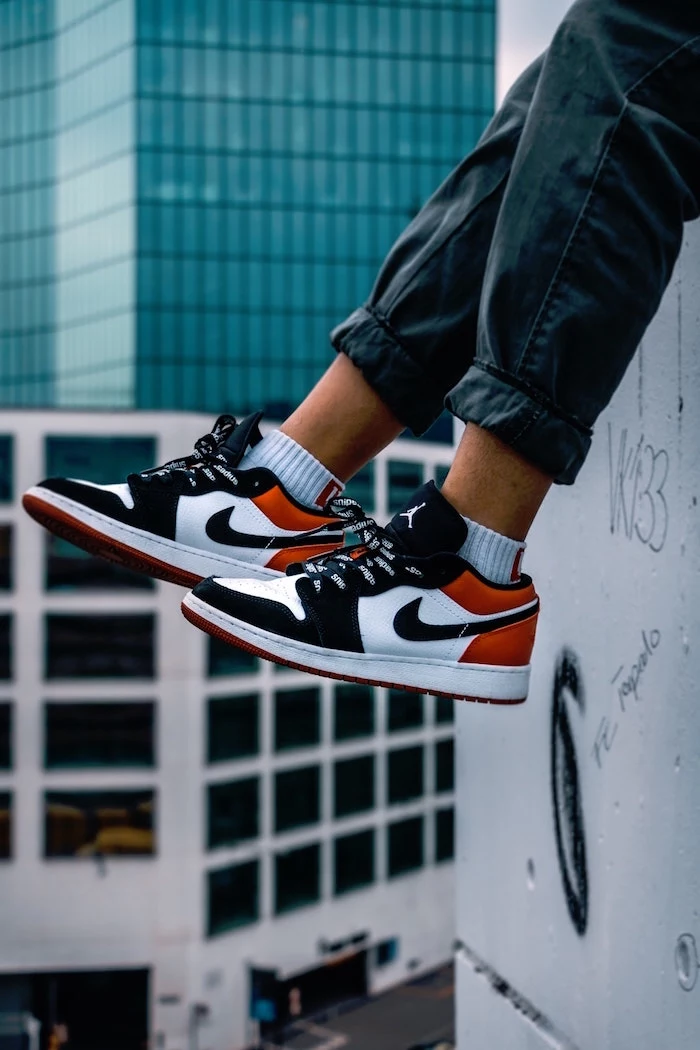
First Things First: Building an Unforgettable Identity
A brand’s identity always starts with its core symbols. For Nike, that’s the Swoosh and the phrase “Just Do It.” And let me tell you, these weren’t just happy accidents. They came from clear design goals and a surprisingly deep understanding of what makes people tick. They work because they are incredibly simple, powerful, and can be used just about anywhere.
The Swoosh: More Than a Checkmark
Way back when the company was just starting out, the founders needed a logo for a new line of shoes. They reached out to a local graphic design student, and the instructions were straightforward: create something that suggests motion and looks good on the side of a shoe. After sketching a few options, she presented the one we all know today. The story goes that the team was a bit hesitant at first but chose it anyway. They paid her a small fee for the work—about $35, which was barely enough for a tank of gas even then.
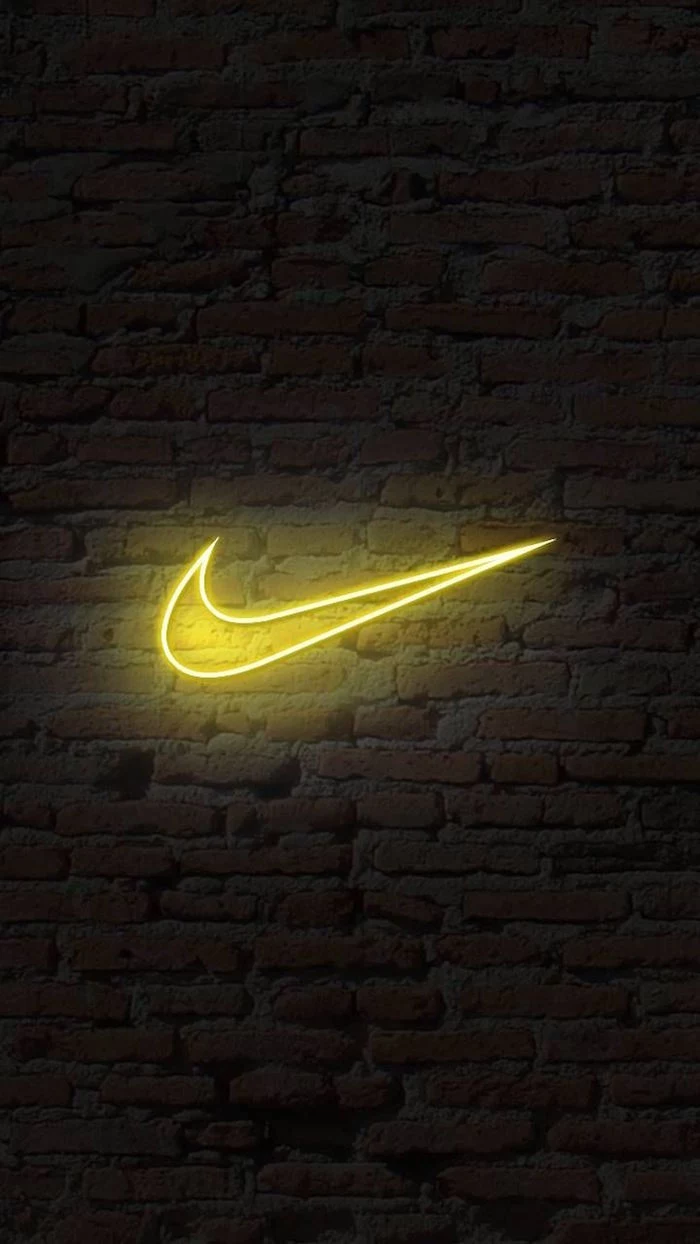
From a design perspective, the Swoosh is pure genius. It’s a clean, fluid shape that screams speed and movement without a single hard angle. This makes it insanely versatile. It can be shrunk down to fit on the tiny plastic tip of a shoelace or blown up to cover the entire side of a skyscraper. It’s recognizable even when it’s just an outline or stylized, which is the ultimate test of a great logo. I’ve seen countless companies try to get fancy with complex logos, and they usually fall flat because they’re just not memorable.
Oh, and that story about the design student? Years later, as the company grew into a behemoth, they recognized her massive contribution. They reportedly gave her a golden Swoosh ring with a diamond and, more importantly, a significant amount of company stock. It’s a great reminder that even world-changing ideas can have humble—and kind of messy—beginnings.
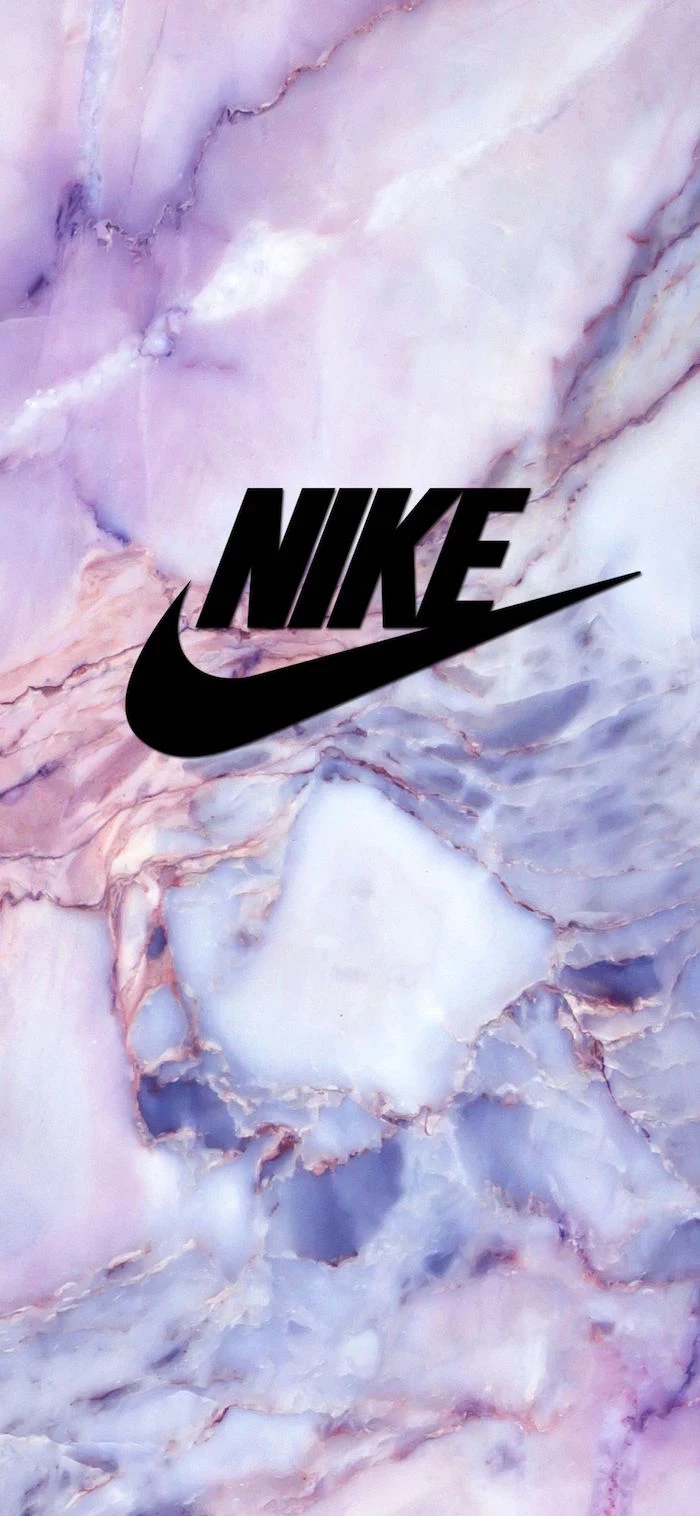
“Just Do It.”: A Rallying Cry for Everyone
The famous slogan actually came much later, crafted by an advertising pro. The inspiration, believe it or not, was surprisingly dark, adapted from the final words of a convicted criminal. The ad man tweaked the phrase to create a message of pure empowerment. It’s blunt, concise, and speaks to everyone.
The slogan isn’t about selling a product; it’s about selling a mindset. It connects the simple act of lacing up your shoes to the much bigger act of achieving a personal goal. As someone who’s been in marketing meetings, I can tell you this is the holy grail. Selling an idea is way harder than selling a feature. It requires a ton of confidence and a genuine pulse on your audience. It worked because it felt real, speaking to both the elite athlete and the person just trying to get off the couch.

The Foundation of the Brand: Innovation You Can Feel
A cool logo means nothing if the product doesn’t deliver. Nike’s authority was literally built from the ground up, starting with footwear that actually worked better.
The Waffle Sole: A Kitchen Experiment
One of the earliest and most legendary innovations was the Waffle sole. As the story goes, one of the founders, a track coach obsessed with giving his athletes an edge, was having breakfast. He glanced at his family’s waffle iron and had a lightbulb moment. What if he poured rubber into it? Well, he completely destroyed the waffle iron, but in the process, he created a revolutionary new type of shoe outsole. You can almost smell the burning rubber from here.
The physics were simple but brilliant. The grid-like pattern created a sole that was super grippy on different surfaces but also incredibly lightweight. The raised nubs grabbed the track, while the empty spaces cut down on weight. This was a huge leap forward from the flat, heavy soles of the time and gave athletes a real performance advantage they could actually feel.

Nike Air: Literally Walking on Gas
The next major breakthrough was Nike Air. A former aerospace engineer came up with a wild idea: what if you could trap a dense gas inside a tough, flexible plastic pouch and stick it in a shoe’s midsole? This pouch would act as a spring, compressing to absorb impact and then bouncing back to return energy to the runner. The manufacturing process, called blow molding, is incredibly precise. The gas pressure, the thickness of the plastic, and the shape of the Air unit are all carefully tuned for different sports. A shoe for a powerful basketball player needs a totally different setup than one for a marathon runner.
Flyknit: A Sock-Like Revolution
More recently, Flyknit technology completely changed how the top part of a shoe, the upper, is made. Traditionally, uppers were made by cutting shapes out of big sheets of leather or synthetic material and then stitching them together. This process always created a ton of waste material. I’ve worked with trainees on shoe construction, and pattern cutting is a tough skill to master without leaving scraps all over the floor.
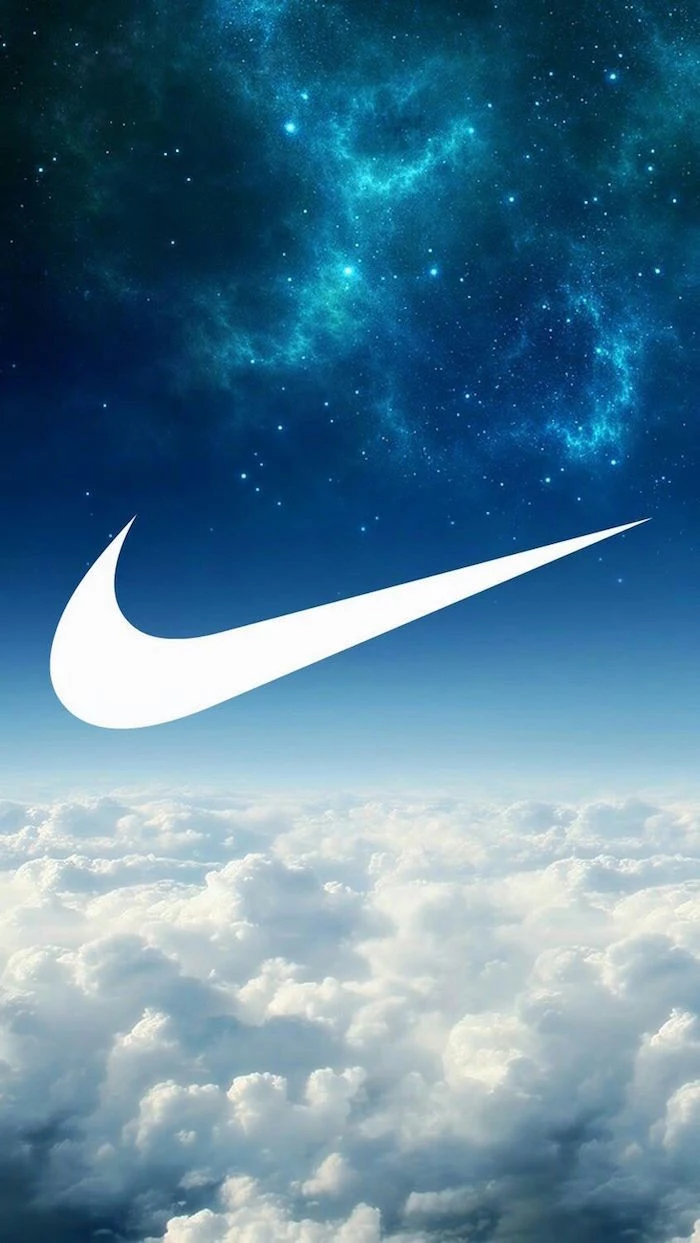
Flyknit is different. It uses a high-tech knitting machine to weave the entire upper from threads of yarn in one piece. This means designers can pinpoint zones of stretch, support, and breathability right into the fabric itself. The result is a shoe that fits like a glove (or, more accurately, a sock), with almost zero waste. It’s lighter, more comfortable, and moves more naturally with your foot.
Building an Empire: The Power of Human Stories
Amazing tech is one thing, but it needs a human face. Nike absolutely mastered using athletes not just as billboards, but as main characters in an ongoing saga.
The Legend of the Banned Shoe
You can’t talk about the brand’s rise without mentioning the partnership with a legendary rookie basketball player in the mid-80s. Giving a signature shoe to a player who wasn’t yet a household name was a massive gamble. The first shoe was a bold design in red and black leather.
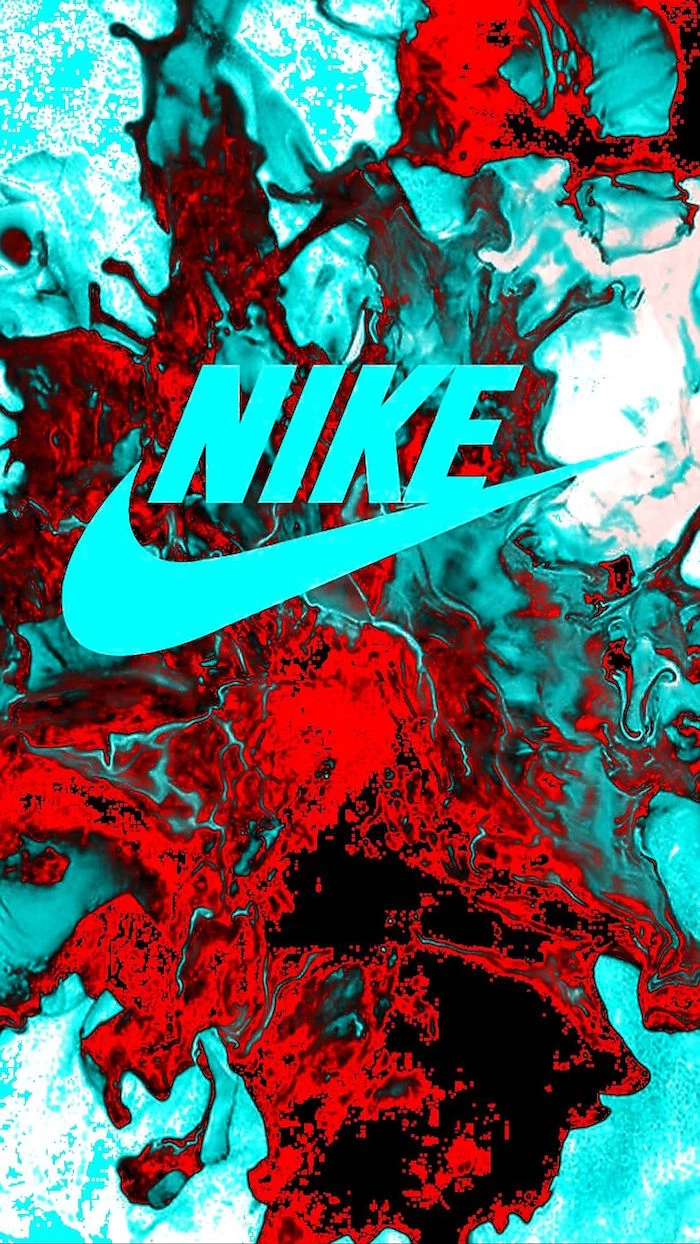
The famous story is that the league banned the shoe for violating its uniform rules, and Nike just paid the fine every single time he wore them on court. This created an incredible narrative of rebellion and swagger that made the shoes an absolute must-have. While some sports historians now think it was a different, similar-looking shoe that was actually banned, the marketing was undeniably genius. This partnership eventually spun off into its own multi-billion-dollar brand and created the blueprint for every athlete collaboration since.
A Quick Word on Collectibles and Fakes
The massive popularity of these shoes created a huge resale market, and honestly, it’s a minefield for buyers. I’ve seen too many people get ripped off by convincing fakes. So, a quick heads-up: if a deal on a hyped-up sneaker seems way too good to be true, it absolutely is. A shoe that retails for $200 might sell for $500 or even $1,500 on the resale market. Don’t expect to find it for $100.
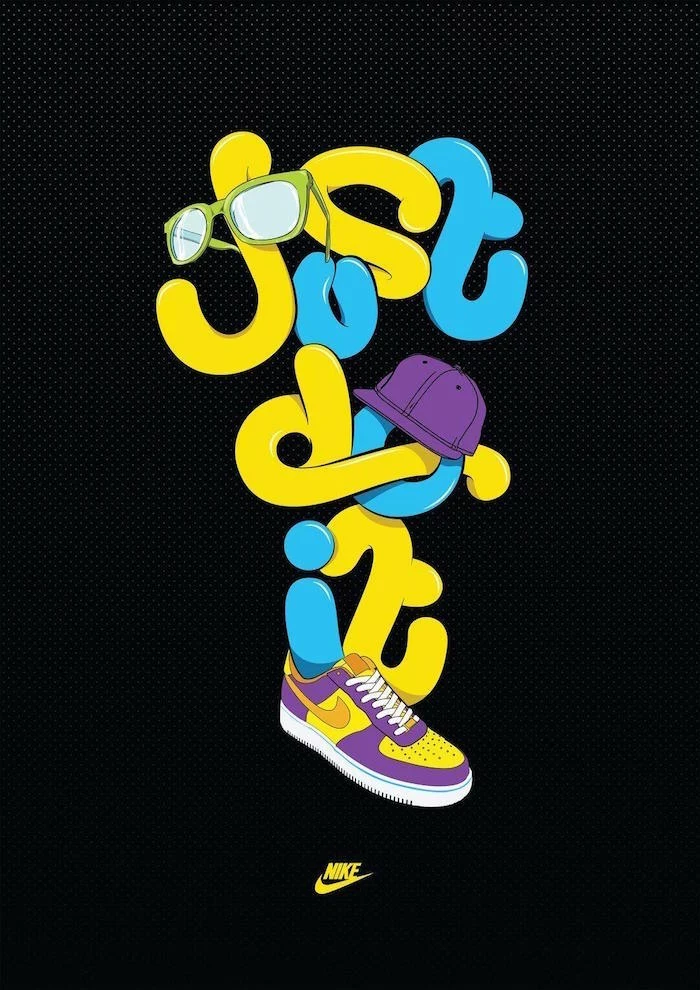
If you’re diving into the sneaker game, learn how to protect yourself:
- Use an Authenticator: Services like StockX and GOAT are your best friends. They act as a trusted middleman—the seller sends the shoes to them, they verify they’re legit, and then they ship them to you. eBay’s Authenticity Guarantee program does this for many sneaker sales, too. The small fee (usually $10-$15) is worth the peace of mind.
- Know What to Look For: If you’re buying in person, do a quick check. 1. The Smell Test: Real Nikes have a distinct factory smell; fakes often reek of cheap, harsh chemical glue. 2. Check the Box: The label on a real box is perfect—no typos, clean fonts. 3. The Stitching: Look closely at the stitching, especially around the Swoosh. It should be clean, tight, and consistent. Shoddy, uneven stitching is a huge red flag.
Beyond Basketball: A Diverse Roster of Stories
Nike smartly applied this athlete-story model to other sports. With a dominant tennis icon, the story was about relentless power and breaking barriers. With a golfing master, it was about laser focus and perfection. They tailored the shoe and the story to the person.
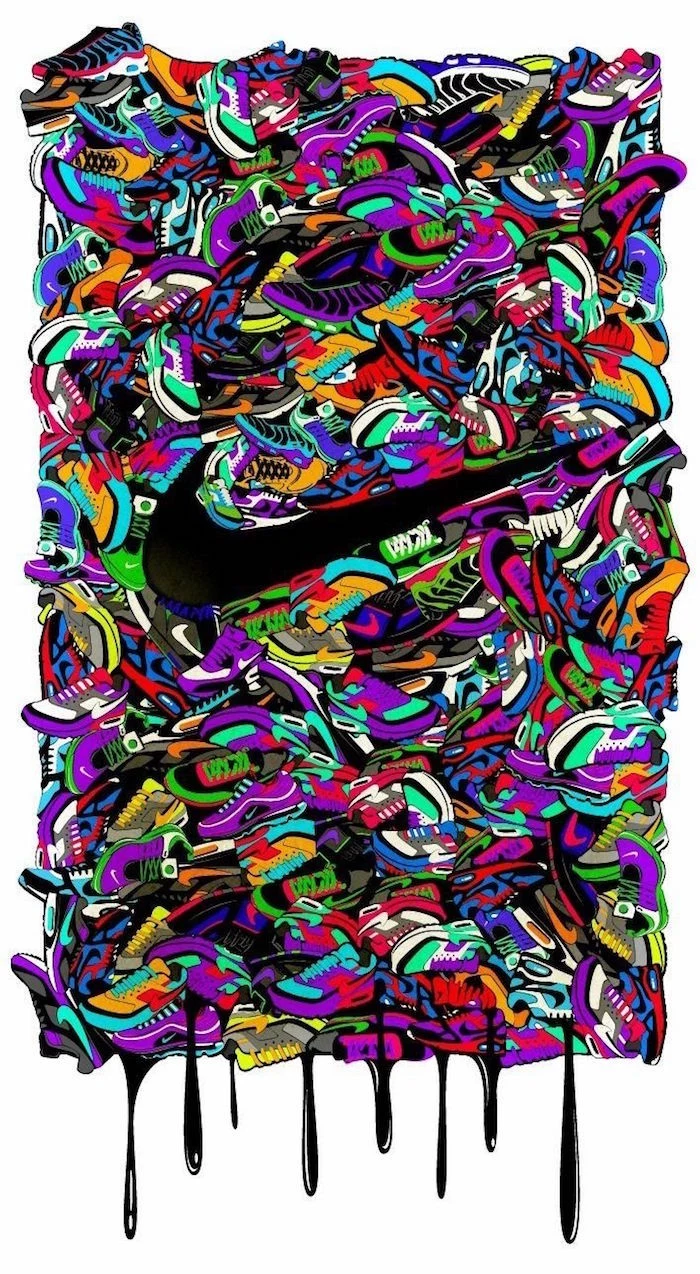
For instance, shoes designed for a powerful, explosive player (think of a certain 250-pound force of nature) are built like tanks, often using big, robust air cushioning systems for maximum impact protection. In contrast, shoes for a more agile, low-to-the-ground player who relies on precision and court feel often featured a much lower profile and responsive cushioning, mirroring that player’s quick-strike style. These aren’t just marketing gimmicks; they’re real engineering decisions based on biomechanics.
Speaking the Language: A Quick Guide
By the way, if you’re new to this world, the lingo can be confusing. Here are a few quick terms to help you feel included:
- Colorway: This is just the specific combination of colors on a shoe.
- GR: Stands for “General Release.” This is a shoe that’s produced in large quantities and is easy to find at most retailers.
- Deadstock: This means a shoe is brand new, never worn, and comes with its original box. The holy grail for collectors.
- Resale: The secondary market where people buy and sell sneakers after their original retail release, often for much higher prices.
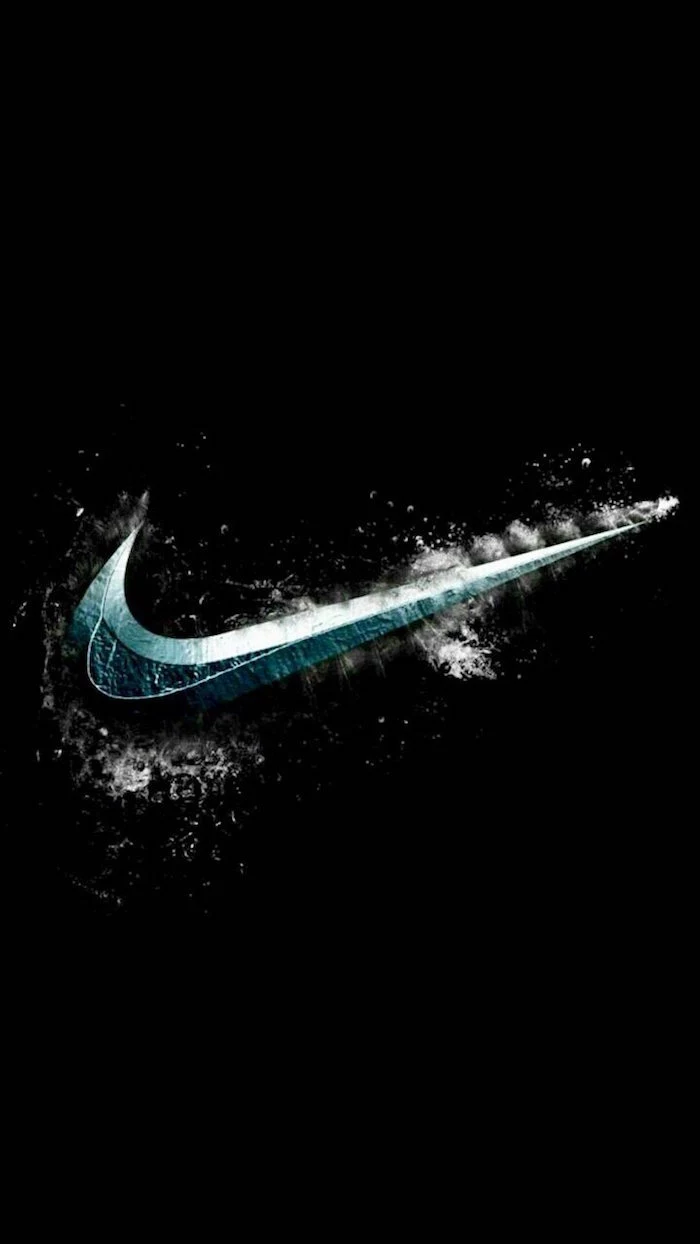
From the Court to the Catwalk: High-Fashion Crossovers
In recent years, Nike’s influence has stretched way beyond the sports arena. It’s now a staple of streetwear and even high fashion, and this was all done through very clever collaborations.
The Art of the Collab
Nike partners with brands and designers who are at the absolute top of their game. But maybe the most influential collaboration was with a visionary designer and his fashion label. His collection, known as “The Ten,” famously deconstructed iconic Nike shoes. He literally exposed the foam, moved the Swoosh, and added text that explained the shoe’s design. From a craftsman’s view, this was incredible. He made the process of making the shoe the star of the show, teaching a new generation to see sneakers as design objects.
Pro Tip: Caring for Your High-End Kicks
These collectible shoes need more love than your average beaters. You can’t just toss them in the wash! Different materials need different care. For high-end sneakers, investing in a proper cleaning kit is a must. Brands like Jason Markk or Reshoevn8r are popular for a reason—they work.
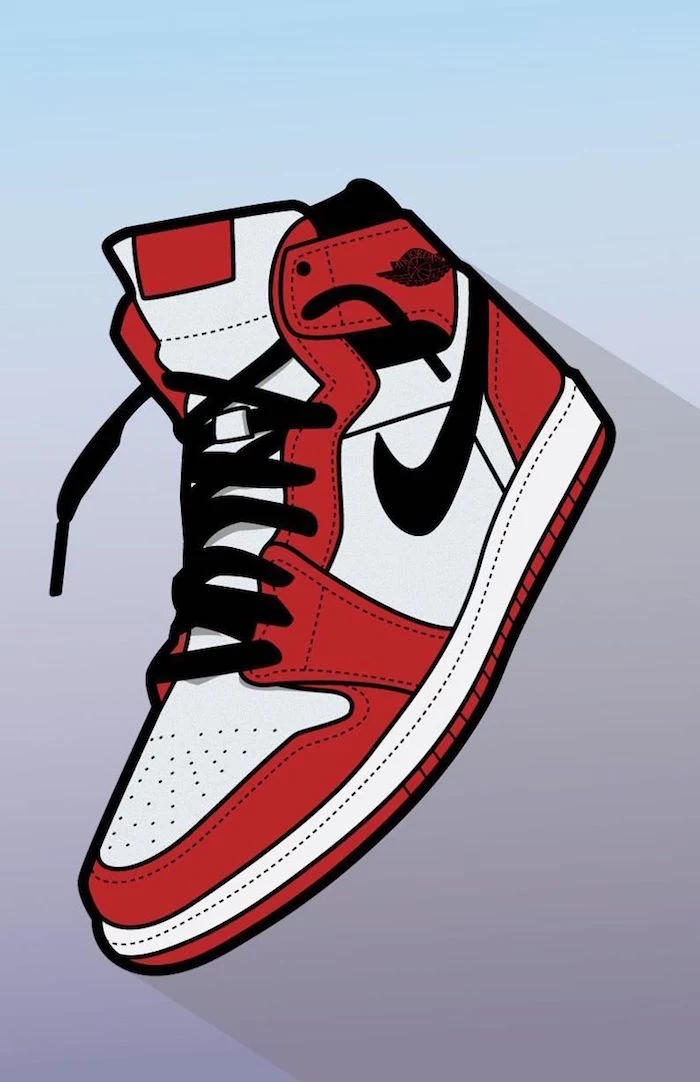
You can build a solid starter kit for under $40. At a minimum, you’ll need a good soft-bristle brush (around $8), a bottle of specialized cleaning solution (about $15-$20), and a microfiber towel (usually under $5). For suede, you’ll need a special eraser and brush. Always let your shoes air dry, away from direct sunlight or heat, which can wreck the glue and make materials brittle.
A Final Thought: It’s More Than a Wallpaper
So, when you set that Nike wallpaper on your screen, you’re not just choosing a logo. You’re connecting to a whole history of innovation, struggle, and victory. You’re tapping into a cultural force built over decades of trial and error.
That little Swoosh represents a ruined waffle iron, a pocket of air, a perfectly woven thread, and a rebellious spirit. Understanding that deeper story makes the symbol on your screen so much more meaningful. It’s a reminder that behind every great brand, there are real ideas and a relentless desire to push things forward.
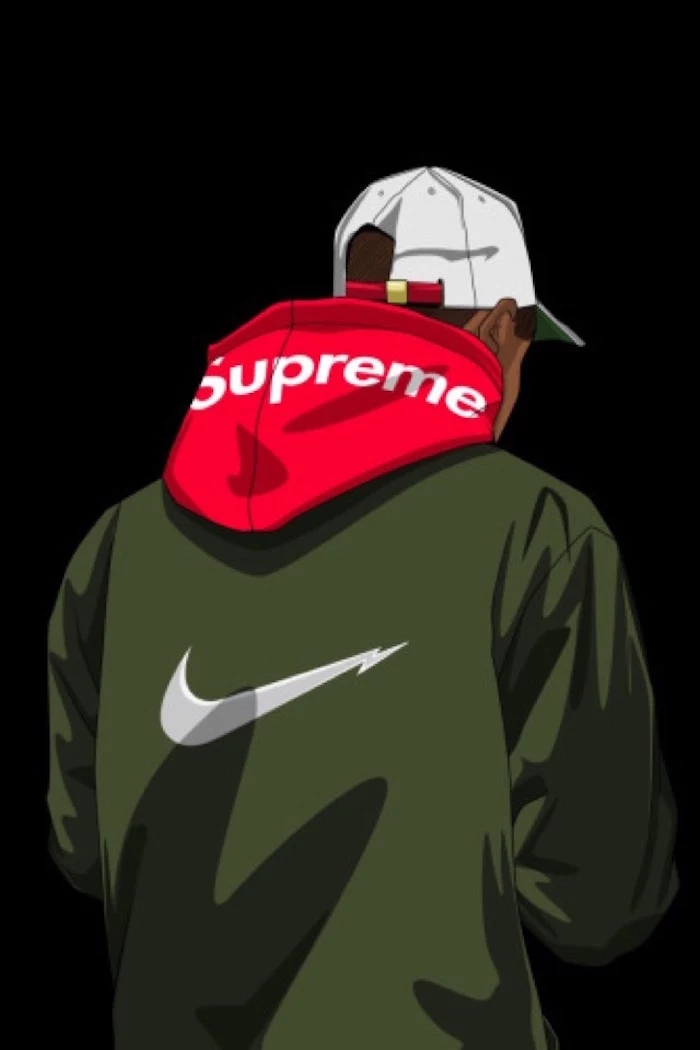
Now, your turn: Go grab your favorite pair of sneakers (any brand!). Find the style code on the tongue tag and punch it into Google. See what you can find out about its story. What tech did they use? Was it part of a special release? You might be surprised what you discover.
Inspirational Gallery
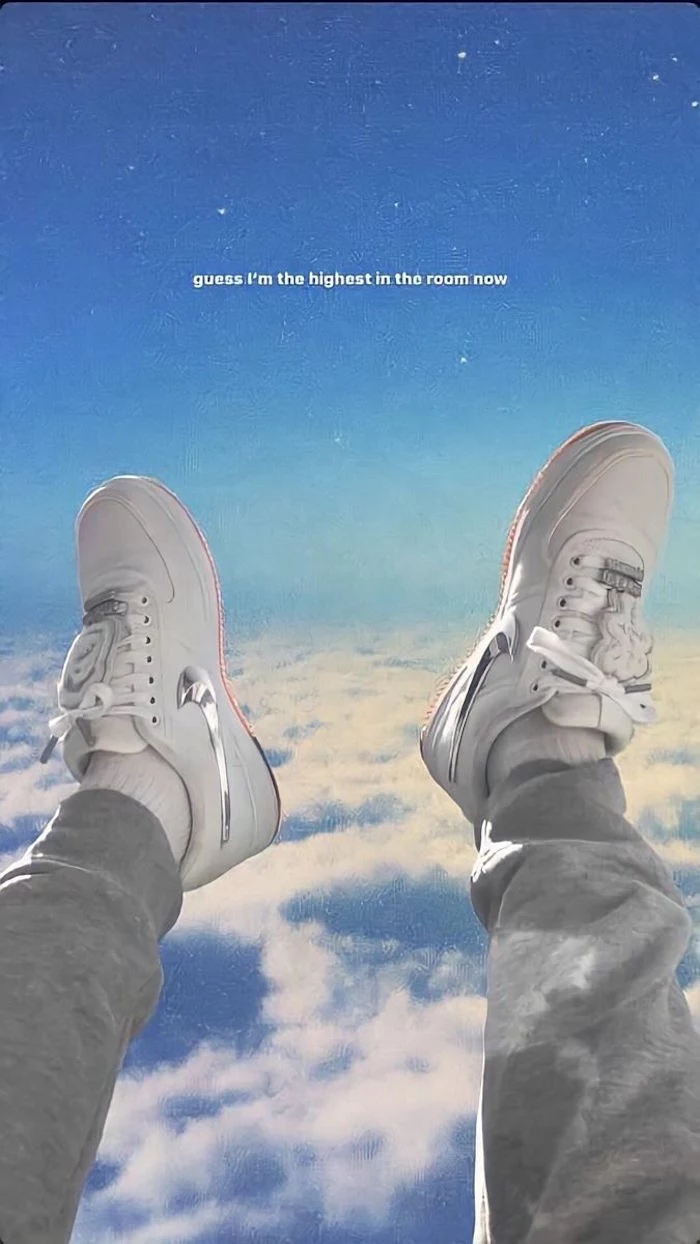

The Centre Pompidou in Paris, with its exposed structural and mechanical systems, was the direct inspiration for Tinker Hatfield’s design of the Air Max 1.
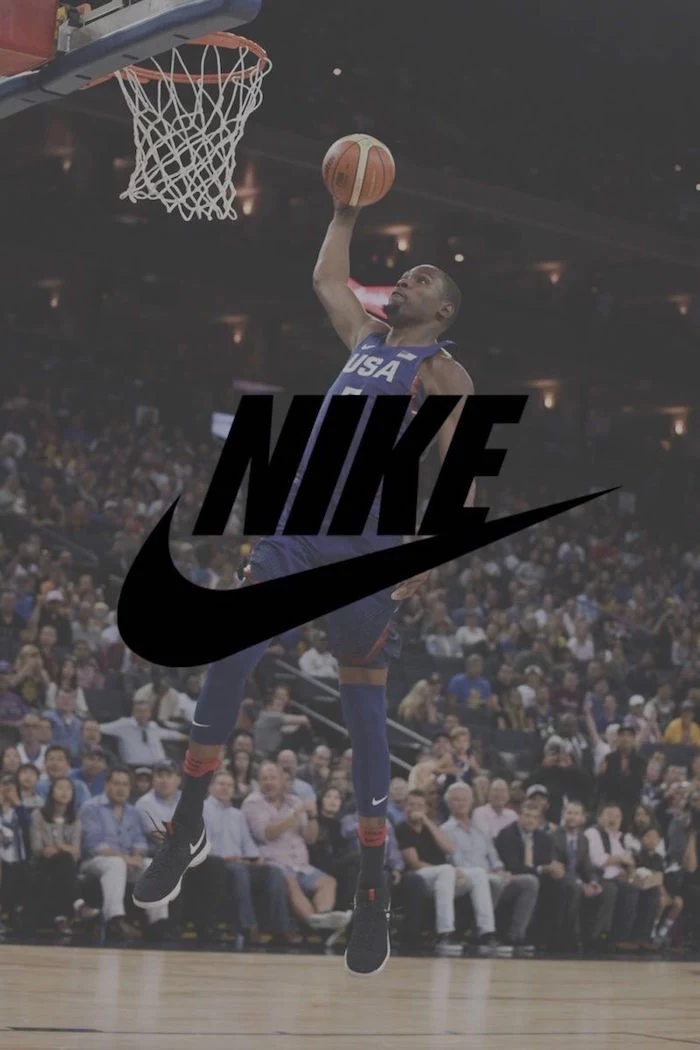

It’s not just about the look; it’s about the feel. Nike’s Flyknit technology, introduced in 2012, completely changed the game. Using engineered yarns and knitting processes, an upper can be made featherlight, formfitting, and virtually seamless. This wasn’t just an aesthetic update; it was a performance revolution born from years of research, reducing waste by approximately 60% on average compared to traditional cut-and-sew footwear.
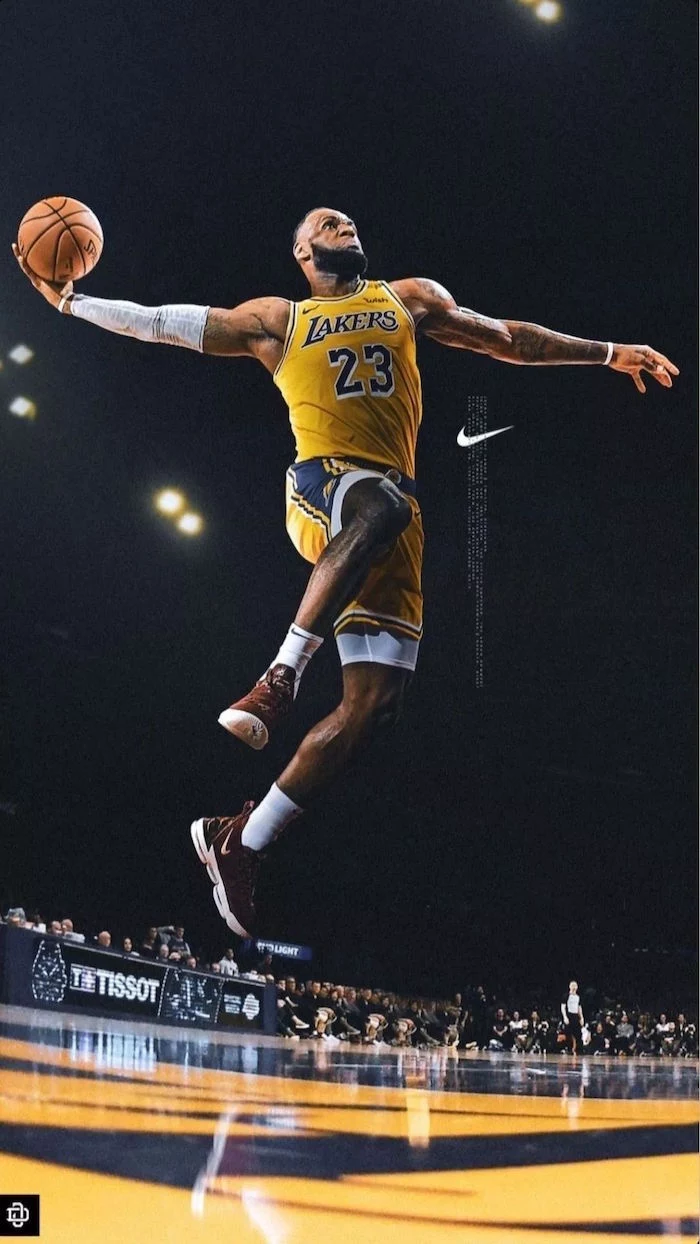
- Reduced friction and irritation
- Enhanced breathability in key sweat zones
- A lightweight feel that doesn’t weigh you down
The secret? Nike’s Dri-FIT fabric. It’s a microfiber polyester that pulls sweat away from the body to the fabric’s surface, where it evaporates, keeping the athlete dry and comfortable.
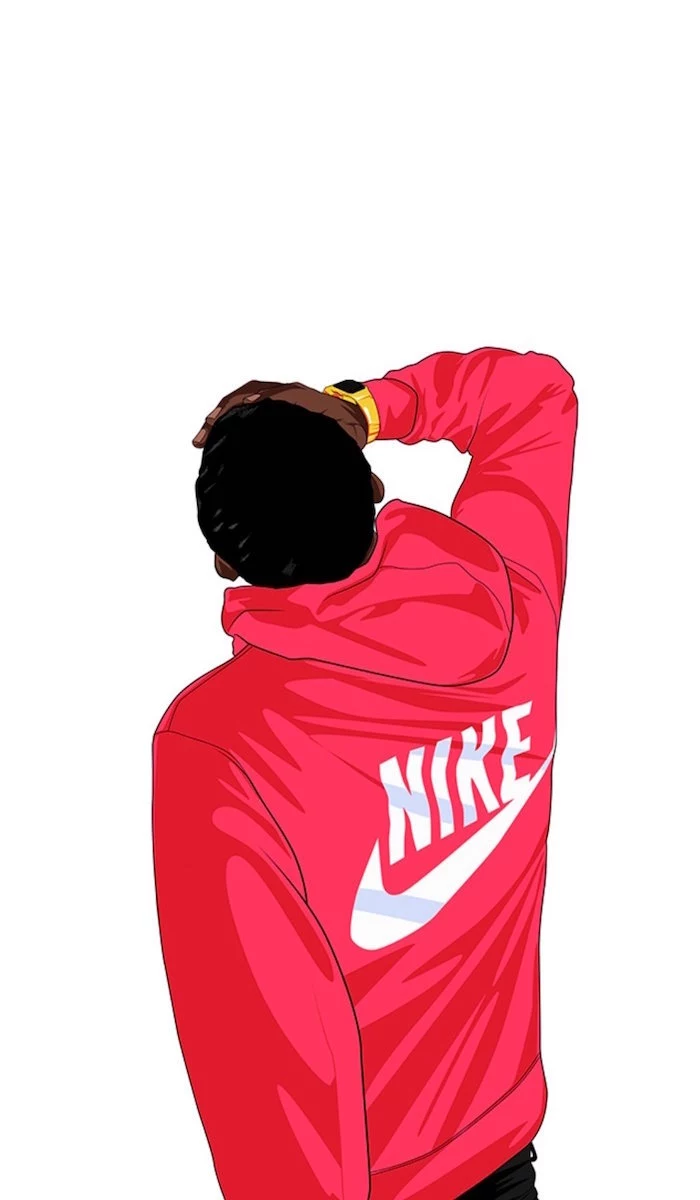
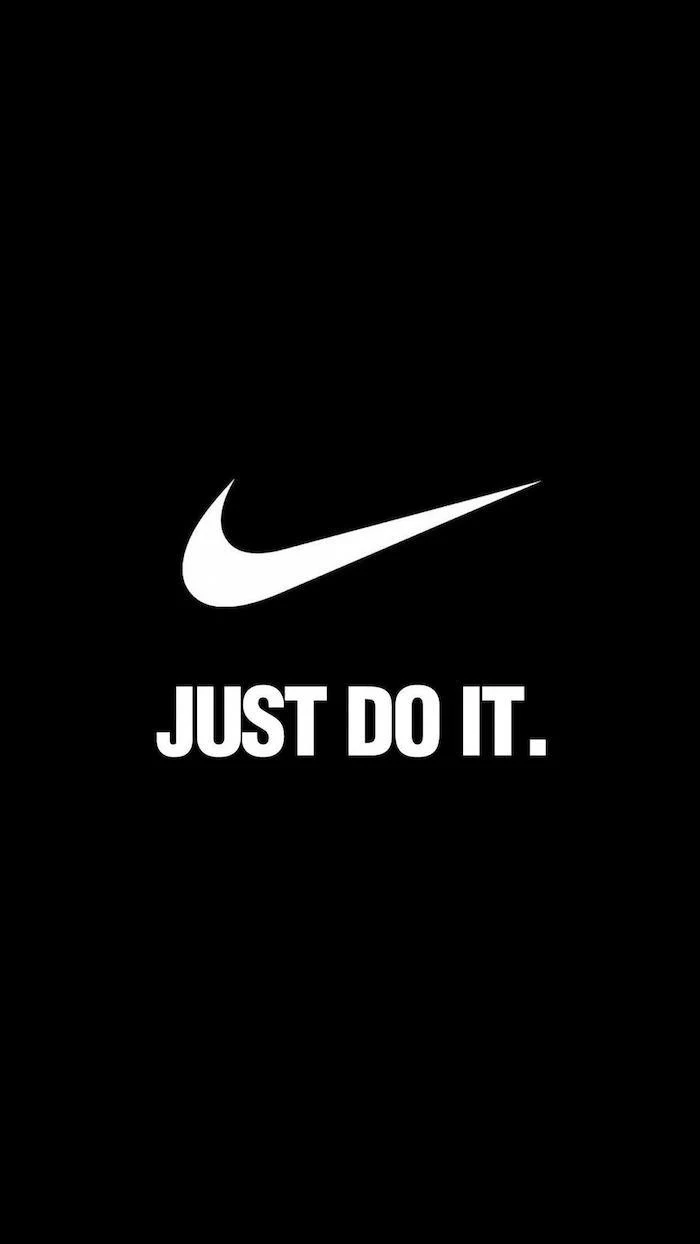
What exactly is the “Air” in a Nike Air sole?
It’s not just empty space. It’s a durable, flexible bag filled with pressurized gas (initially sulfur hexafluoride, now mostly nitrogen) embedded in the midsole. Developed by former NASA engineer M. Frank Rudy, this innovation provides superior cushioning by compressing upon impact and immediately returning to its original shape. It’s a piece of aerospace engineering right under your feet.
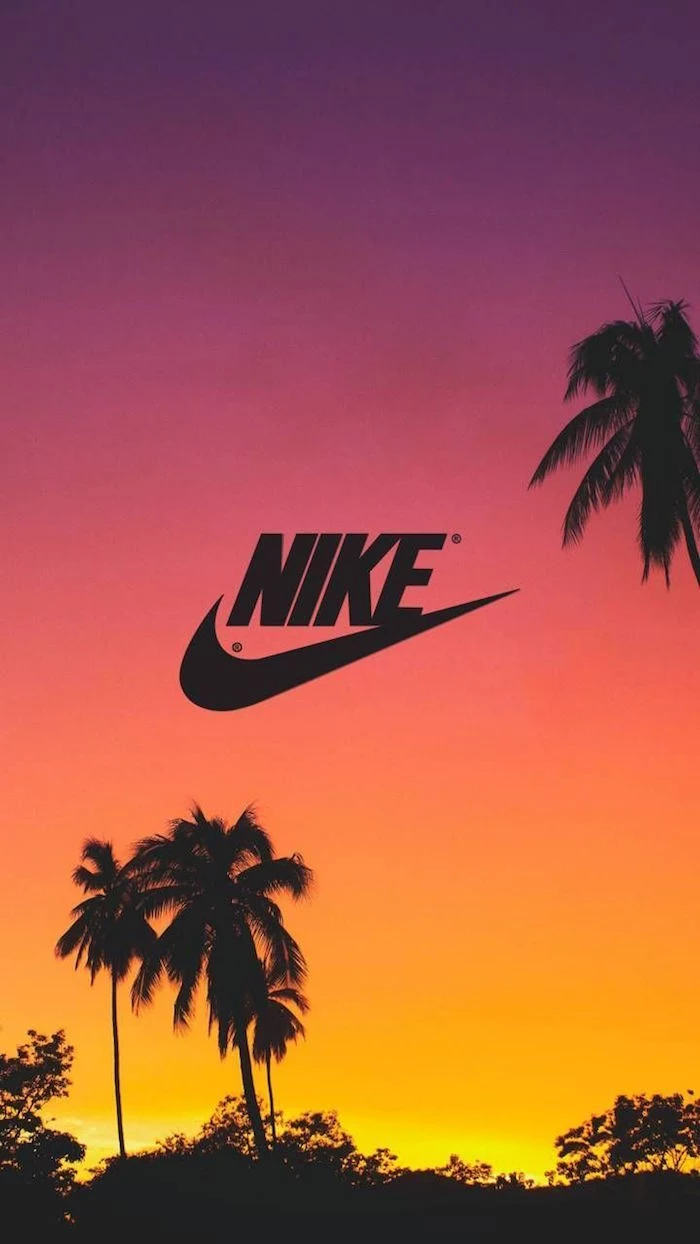
The Art of the Colorway: In the sneaker world, a simple color change isn’t just a new option; it’s a ‘colorway,’ and it tells a story. The iconic ‘Bred’ (black and red) of the Air Jordan 1 was originally banned by the NBA, creating instant notoriety. The ‘Infrared’ of the Air Max 90 is a burst of ’90s optimism. A colorway is a narrative, a mood, and a piece of history all in one.
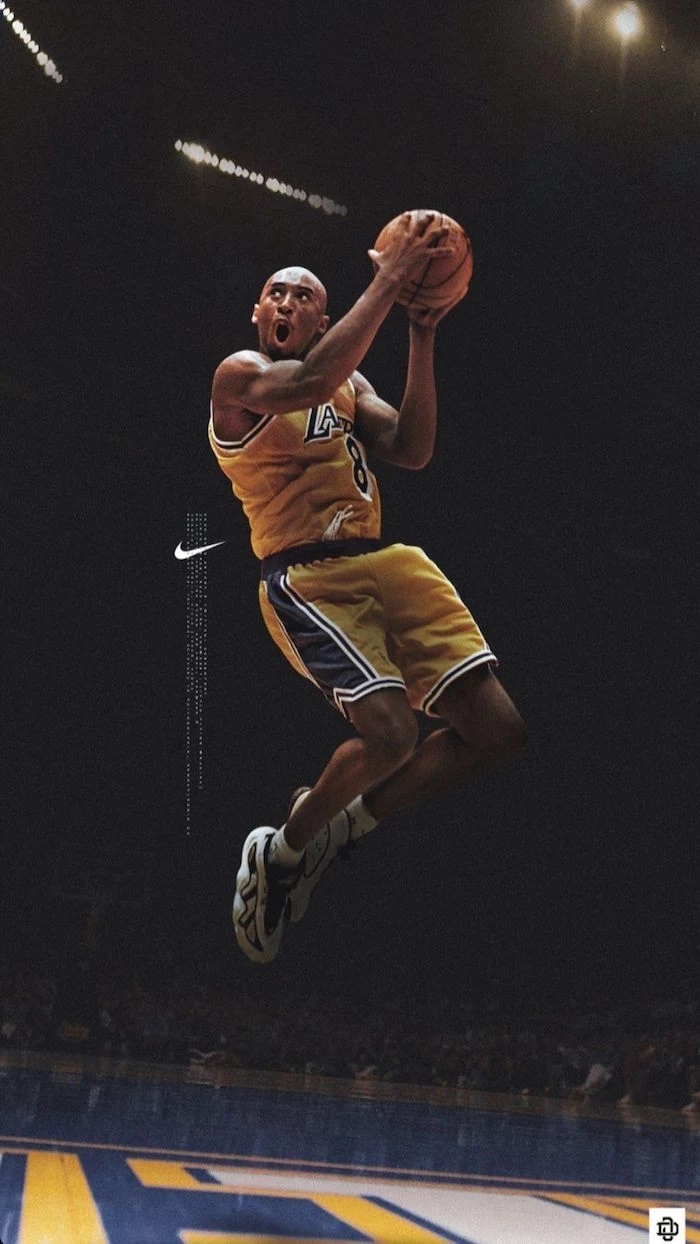
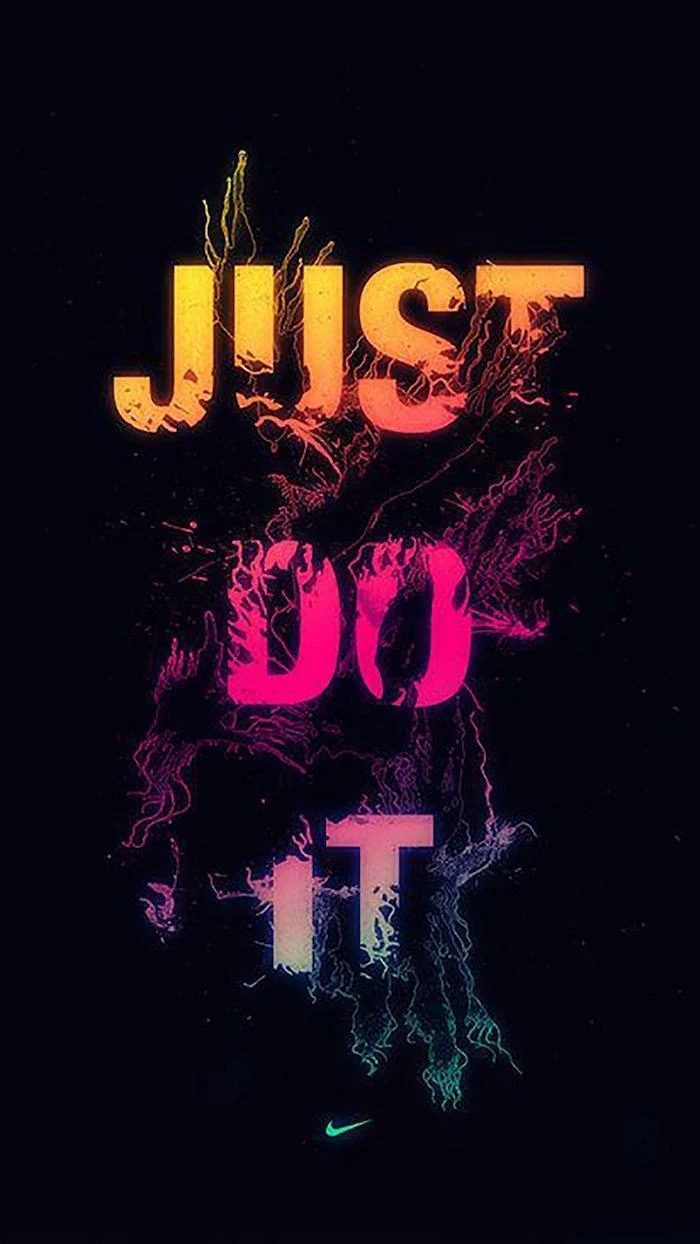
Beyond the superstar athlete, collaborations are Nike’s cultural lifeblood. These partnerships infuse the brand with fresh energy and reach new audiences.
- High Fashion: Virgil Abloh’s Off-White collection deconstructed iconic silhouettes, turning them into pieces of wearable art.
- Music: Travis Scott’s collaborations, with their signature reverse Swoosh and hidden pockets, become instant collector’s items.
- Boutiques: Stores like Japan’s atmos have created some of the most legendary Air Max 1 colorways, like the ‘Elephant’ and ‘Safari’.
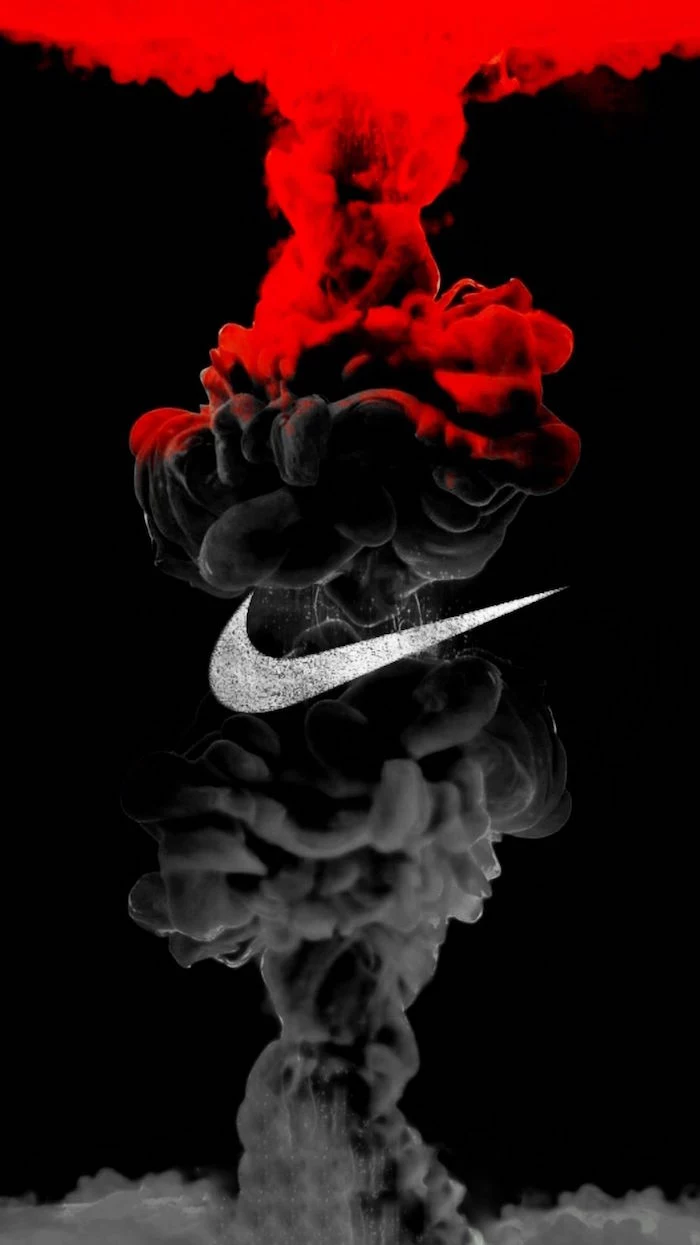
In 2019, Nike announced that 100% of its operations for the Air MI, the manufacturing centers for the Nike Air soles, were powered by renewable energy.
This is a cornerstone of their “Move to Zero” initiative. It’s a commitment to zero carbon and zero waste, reflected not just in power consumption but also in materials. Products featuring the Sunburst logo often incorporate recycled polyester from plastic bottles, factory scraps, and other waste streams, weaving sustainability directly into the design.
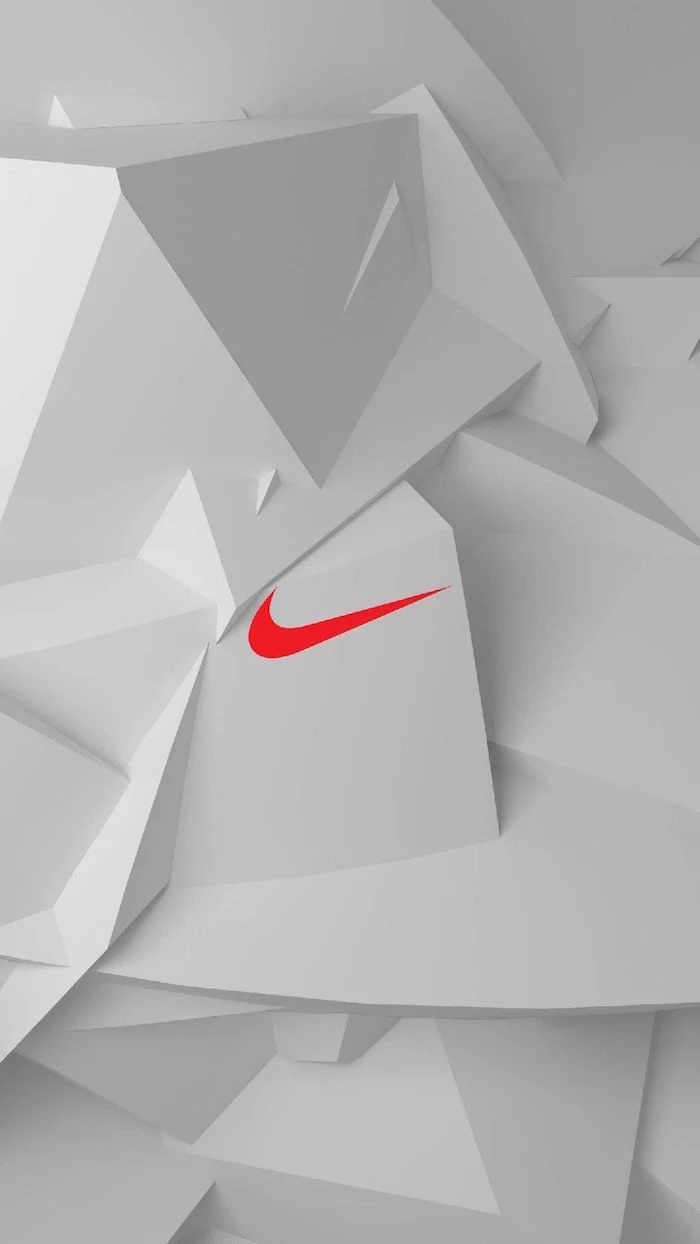
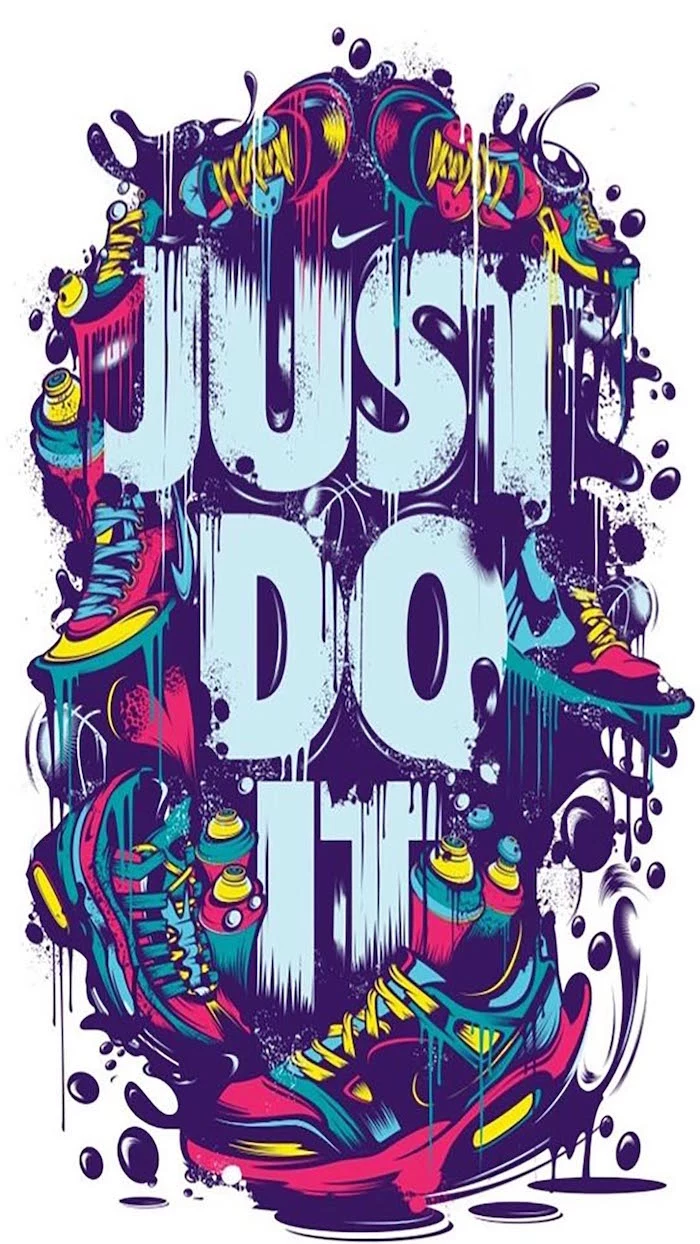
Want to create something uniquely yours? The Nike By You service (formerly NikeiD) puts the design tools in your hands. But to get the best results:
- Start with a story: Base your colors on a favorite team, a piece of art, or a personal memory. It gives the design focus.
- Study the materials: Choose textures wisely. A suede panel hits different than smooth leather or a technical mesh.
- Don’t forget the details: The color of the outsole, the laces, and even the stitching can make or break your custom creation.

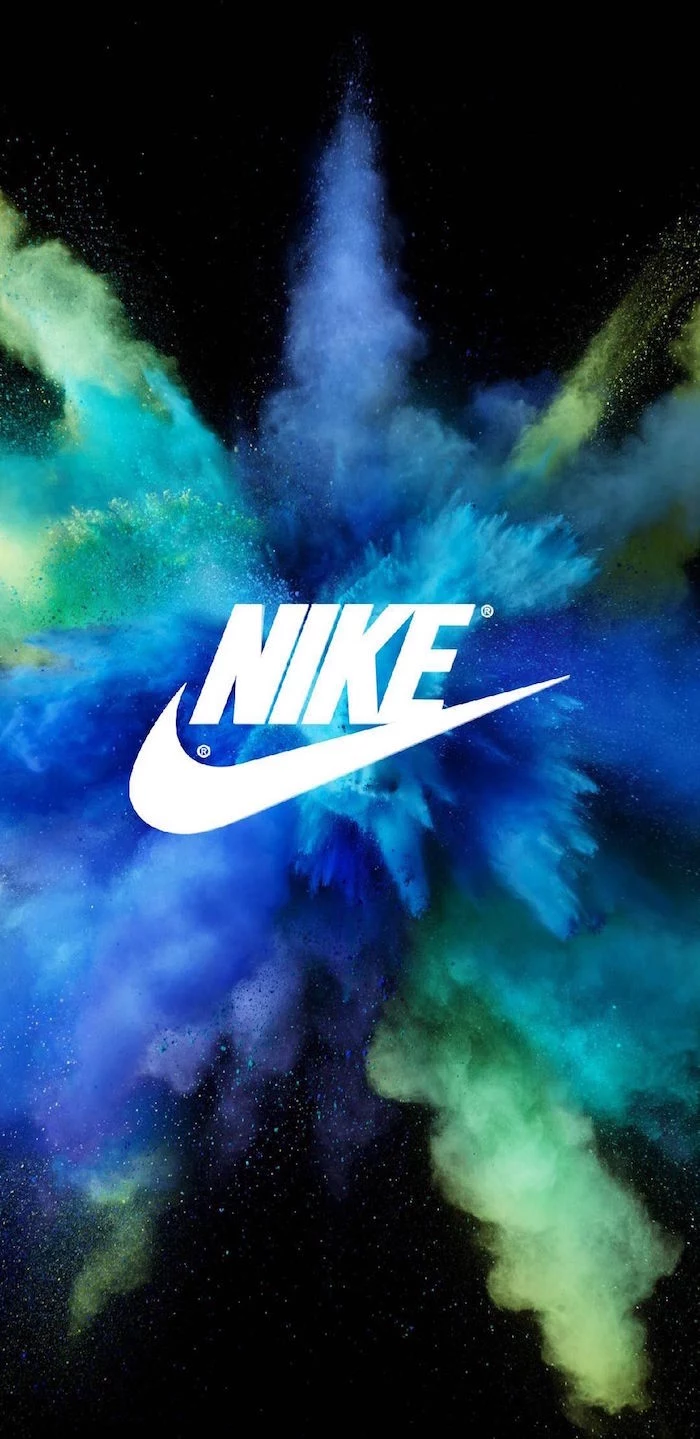
Air Force 1 Leather: Classic, durable, and molds to your foot over time. Provides structure and a premium feel. Best for everyday style and a retro look.
Dunk Low SB Suede: Softer, offers better board feel for skateboarding, and has a distinct texture. Shows wear more artistically but requires more careful maintenance.
The choice depends on your priority: timeless structure or a softer, skate-ready feel.

The legend of the Waffle Sole is pure innovation born from a household appliance. Co-founder Bill Bowerman, looking for a better-gripping and lighter track sole, famously poured urethane into his wife’s waffle iron in 1971. The resulting sole was a game-changer, providing traction on varied surfaces and setting the stage for Nike’s reputation for unconventional problem-solving.
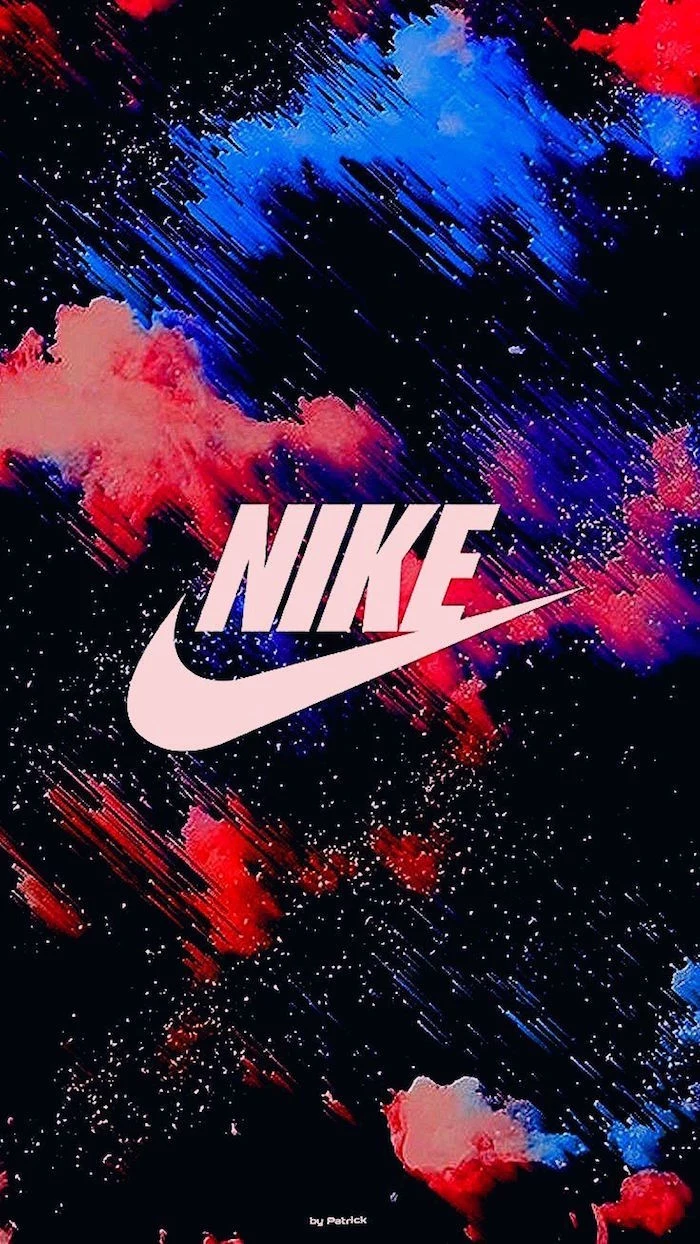
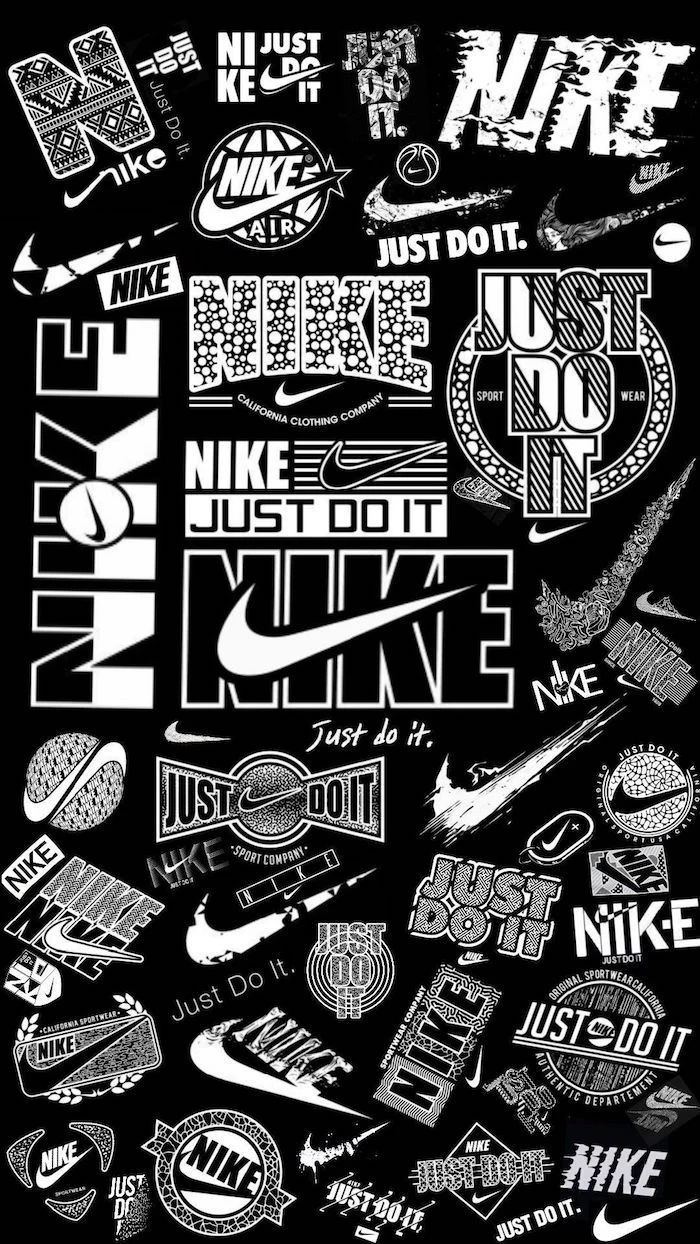
Common Mistake: Going ‘all-in’ on a single hype release. Many newcomers to the sneaker scene spend their entire budget trying to snag one ultra-hyped shoe on the SNKRS app, often ending in disappointment. A better strategy is to explore iconic but more accessible General Release (GR) models like the Cortez or a classic Air Max 90 colorway. Build a foundation before chasing the unicorn.
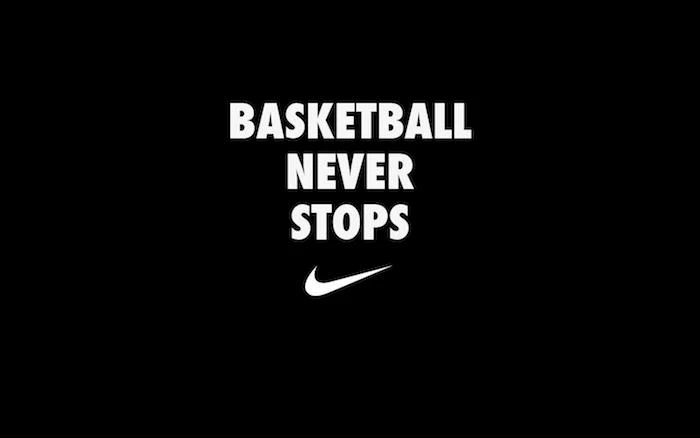
Long before it was a streetwear staple, the Air Force 1 was a defining element of East Coast hip-hop culture. From the streets of Harlem to the lyrics of rappers like Jay-Z and Nelly, the all-white ‘Uptown’ became a symbol of status and freshness. Keeping a pair pristine was a badge of honor, cementing the shoe’s place not just in sports, but in cultural history.
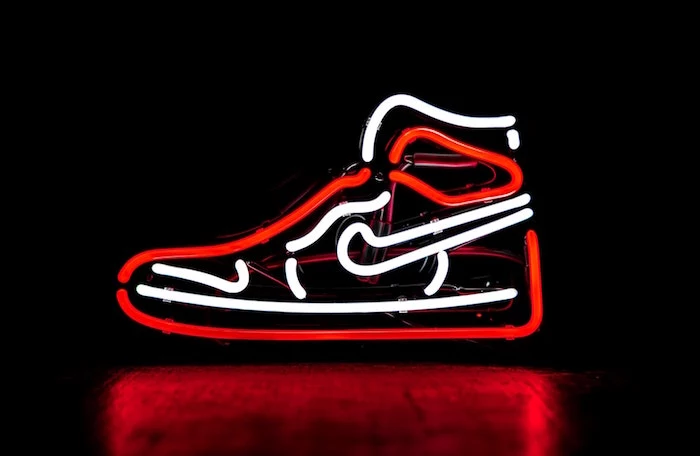
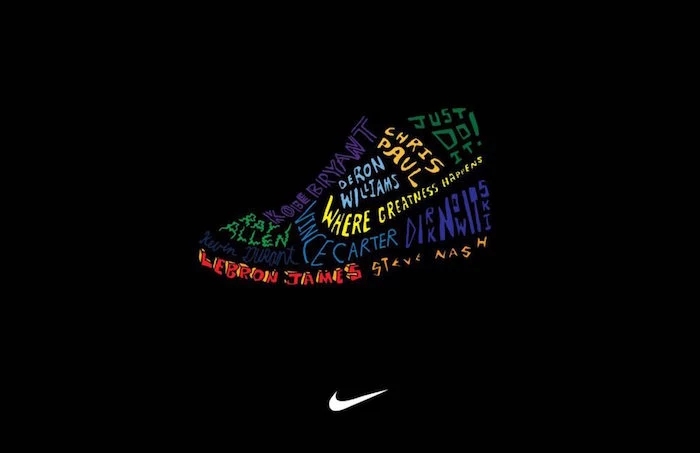
“The first time I saw them, I thought, ‘I’m not wearing that shoe. I’ll look like a clown.’” – Michael Jordan on the Air Jordan 1 ‘Bred’ colorway.
Despite his initial hesitation, the shoe became synonymous with his defiant, high-flying style. The NBA’s ban and Nike’s willingness to pay the fines for each game he wore them created a marketing narrative of rebellion that was more powerful than any traditional ad campaign could have been.
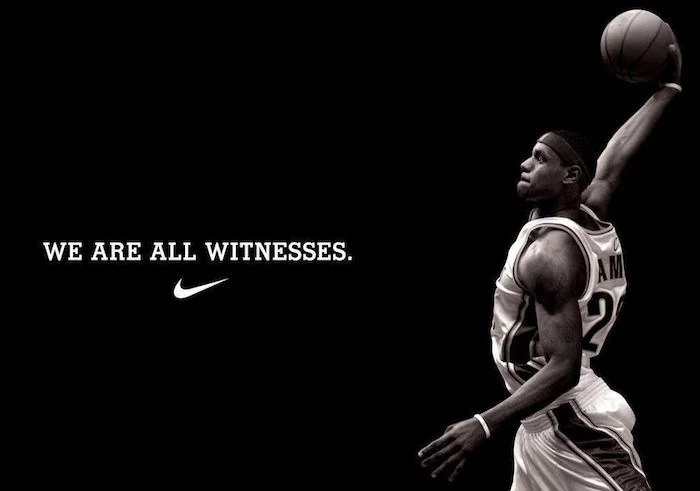
What do sneakerheads mean by ‘OG,’ ‘Retro,’ or ‘GR’?
It’s the language of the culture. ‘OG’ stands for ‘Original,’ referring to the first release of a specific model and colorway. A ‘Retro’ is a subsequent re-release of an OG model, often with slight material changes. And ‘GR’ means ‘General Release’—a shoe produced in large quantities and widely available at most retailers, as opposed to a limited, exclusive drop.
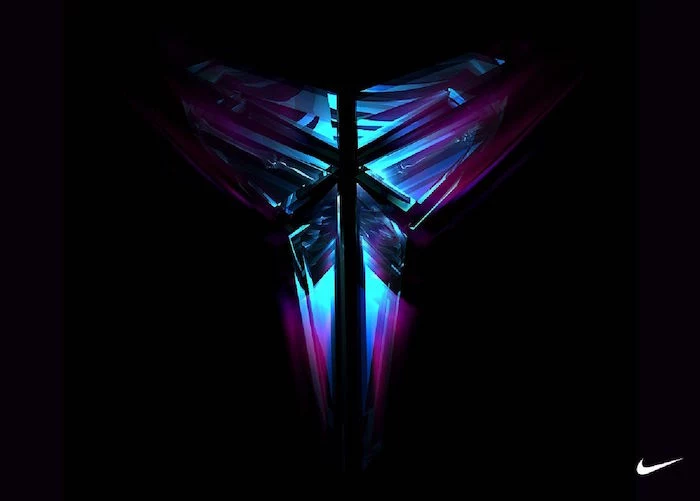

- Check the stitching. It should be clean, consistent, and even. Messy or frayed threads are a red flag.
- Verify the SKU on the box label with the tag inside the shoe. They must match.
- Feel the material quality. The leather on an Air Jordan 1 should feel supple, not like stiff plastic.
- Smell the shoe. Fakes often have a strong, toxic-smelling factory glue scent that authentic pairs lack.
These are the first checks any seasoned collector makes when verifying a pair’s authenticity.
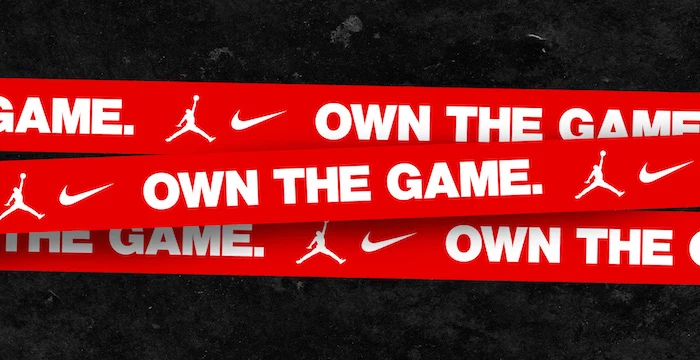
By the early 2000s, Nike’s attempts to enter the skate market had failed. The solution was Nike SB. Instead of just re-coloring basketball shoes, the SB division re-engineered them.
- Key Changes: They added padded tongues, Zoom Air insoles for impact protection, and improved materials for durability.
- Cultural Approach: They collaborated with core skate shops and sponsored a team of respected skaters, earning credibility from the ground up.
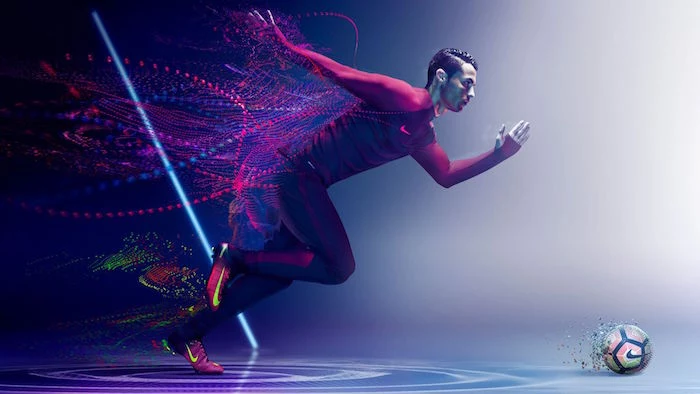
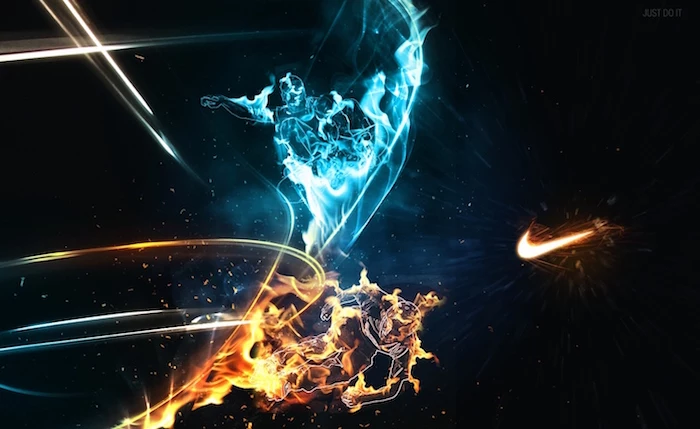
Nike Shox: A bold, mechanical cushioning system with visible columns or ‘pucks’ in the heel. It provides a unique, spring-like energy return. Its aesthetic is unapologetically technical and Y2K-era futuristic.
Nike React: A proprietary foam that is soft, lightweight, responsive, and incredibly durable. It offers a more cushioned, less ‘bouncy’ feel than Shox. Its look is sleeker and more modern.
Shox is for visual impact and a springy feel; React is for soft, long-lasting comfort.
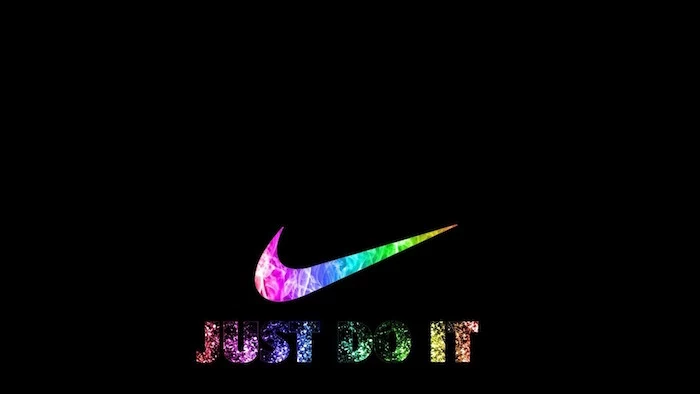
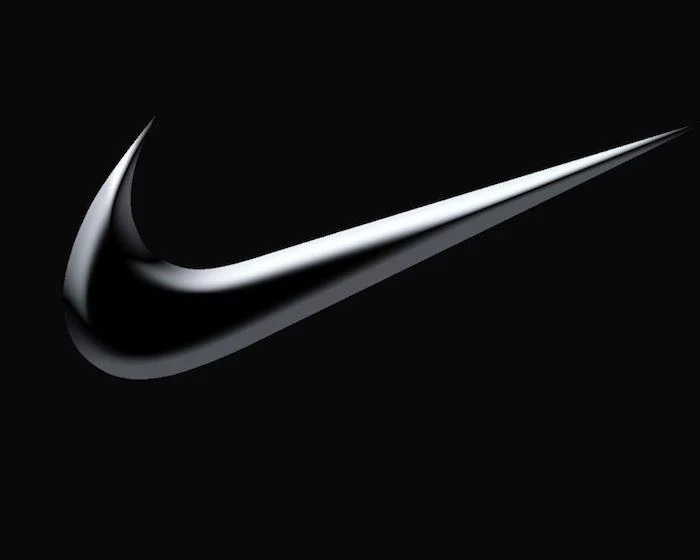
The famous “Just Do It” tagline was inspired by the final words of convicted murderer Gary Gilmore, who said “Let’s do it” to the firing squad before his execution in 1977.
Ad executive Dan Wieden of Wieden+Kennedy adapted the phrase in 1988 for a Nike campaign. He felt the brand needed a unifying slogan that spoke to everyone from elite athletes to morning joggers. Its slightly dark, defiant origin gives it a depth and power that a typical marketing tagline could never achieve.
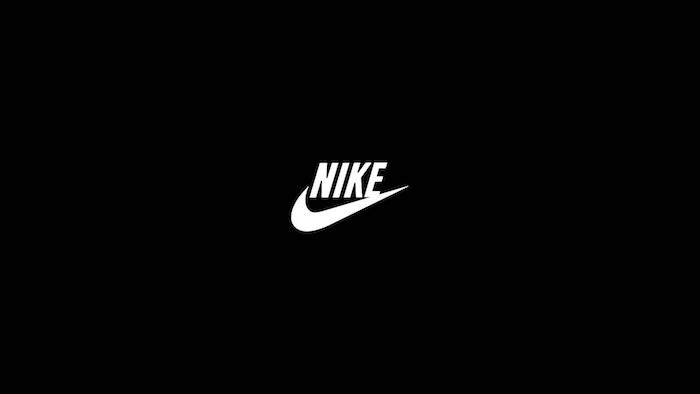
Nike’s All Conditions Gear, or ACG, line is where the brand’s innovation meets the great outdoors. Launched in 1989, ACG brought bold, playful color palettes—think fuchsia, teal, and orange—to the typically drab world of hiking gear. Models like the Air Mowabb and Wildwood weren’t just functional; they had a personality that appealed to trail runners and city dwellers alike, blurring the lines between technical performance and street style.

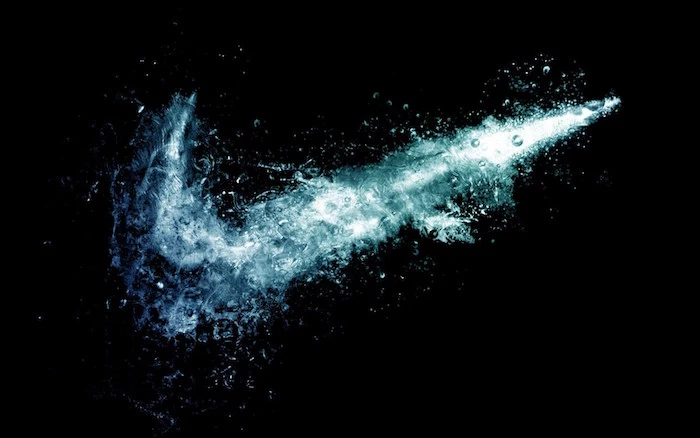
Why is the SNKRS app so essential to the culture?
Launched in 2015, the SNKRS app transformed shoe releases from in-store campouts to digital draws. It’s more than a shop; it’s a content hub with stories, livestreams (‘SNKRS Live’), and interactive polls. While its lottery system for high-demand releases is a source of constant community frustration (the infamous ‘L’ for loss), it has successfully gamified the experience, building hype and a direct-to-consumer relationship that is central to Nike’s modern strategy.
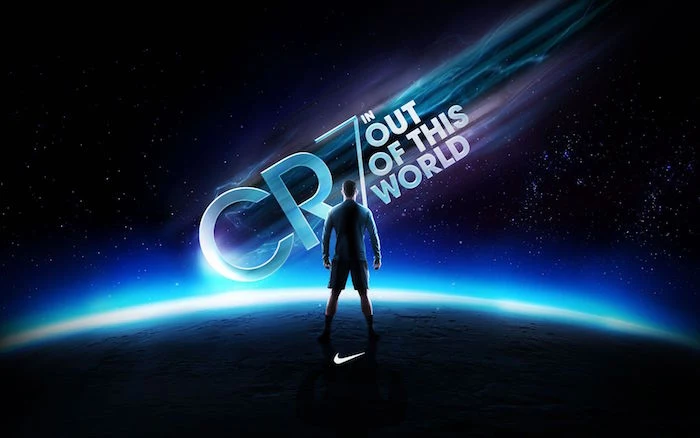
Emphasis: The first Nike Cortez wasn’t entirely a Nike invention. Its design DNA comes directly from the Onitsuka Tiger Corsair, which Nike co-founder Bill Bowerman had helped design while his company (then Blue Ribbon Sports) was still the U.S. distributor for the Japanese brand. When the partnership dissolved, both companies released their own versions of the shoe, creating one of the most foundational designs in sneaker history.
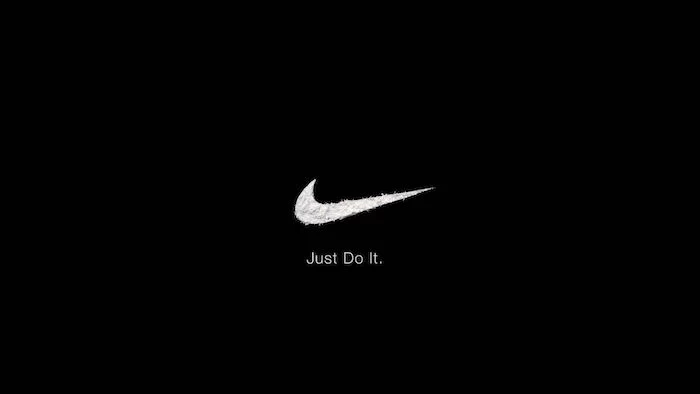
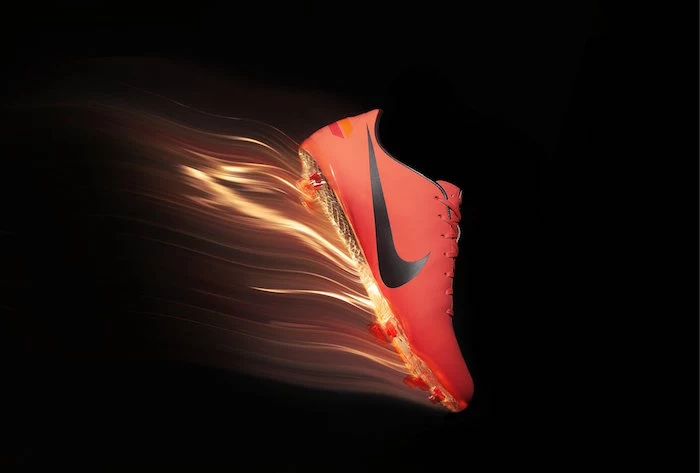
The unboxing ritual is a sensory part of the experience. The iconic orange box, the crisp rustle of the branded paper, and that distinct ‘new shoe smell’—a mix of fresh leather, textiles, and bonding agents. It’s a moment of anticipation that connects the owner to the product before it’s even on their foot, a carefully crafted touchpoint that elevates a simple purchase into a memorable event.
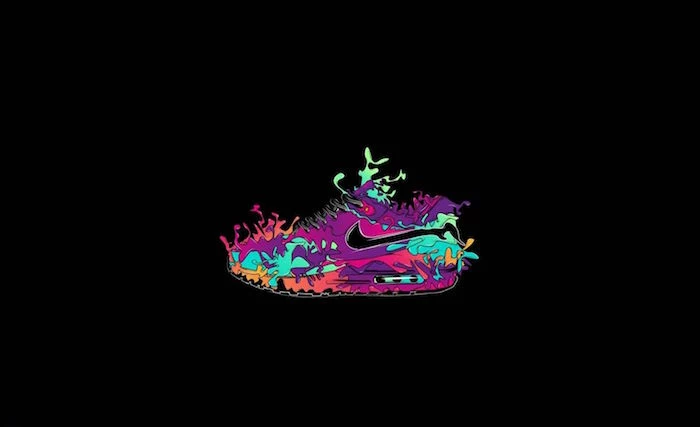
Fact: The original 1985 Air Jordan 1 retailed for just $65.
Adjusted for inflation, that’s still less than many of today’s standard retro releases. This highlights how the sneaker market has shifted from accessible athletic gear to a premium cultural commodity, where nostalgia, storytelling, and limited availability drive value far beyond the original price tag.
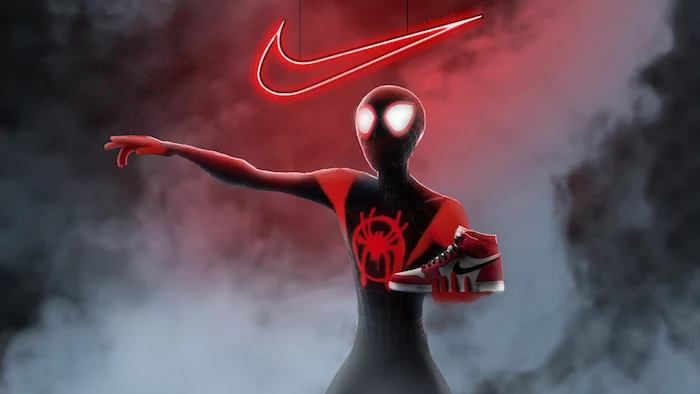
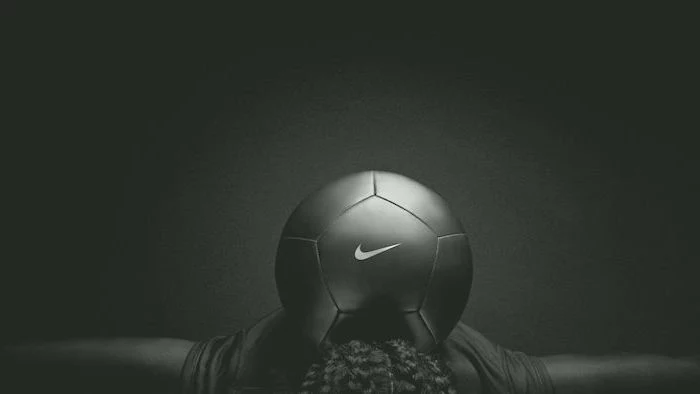
How is a sneaker’s resale value determined? It’s a complex formula of supply and demand, driven by:
- Scarcity: The fewer pairs made, the higher the price. Friends & Family or exclusive regional drops are at the top.
- Collaboration: A shoe co-signed by a major cultural figure like Travis Scott or a brand like Off-White carries immense cachet.
- Story: Was it banned? Worn during a championship game? The narrative is a powerful value multiplier.
- Condition: ‘Deadstock’ (unworn, in the original box) is the gold standard.
Nike E.A.R.L.: This isn’t your everyday tech. The Electro Adaptive Reactive Lacing system, first seen on the Nike Mag and later commercialized in the HyperAdapt 1.0, is Nike’s vision for the future of footwear. When you step in, a sensor triggers the system to automatically tighten the laces to a perfect fit. It’s a glimpse into a future where shoes adapt to the athlete in real-time, pushing the boundaries of what a sneaker can be.










